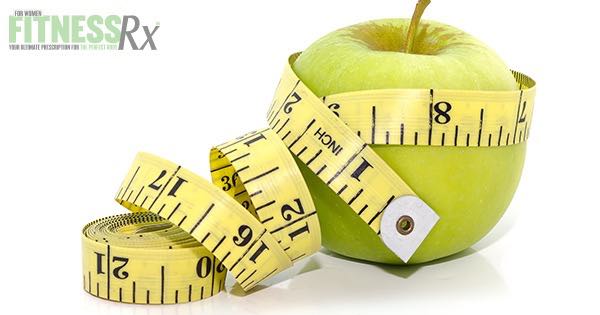There are plenty of diets out there—with plenty of rules to follow. Rules can make dieting even more difficult. The simplest solution is not to diet at all. Instead of dieting, look at it as simple healthy lifestyle choices that you can use for life. Here are five simple ways to change your diet that are easy to follow and easy to maintain.
1. Eat Less Without Thinking or Measuring
Many people get hung up on measuring all of their food. While it can be helpful and necessary if you’re following a diet focused on fitness or performance, it can actually be stressful and tedious for others. One way to track and control how much you’re eating is to use simple visual cues: a deck of cards is equal to about one portion of protein, a tube of lipstick about one portion of fat and a tennis ball about one portion of carbs like brown rice.
Want another solution? Use food containers close the portion of food you usually use. This way, you can measure your food only once. Use a scale the first time to be sure that the container you choose is the correct portion. Then, only use these containers for portioning out your food moving forward. Another super simple solution? Use smaller plates to reduce the amount of food you’re eating overall.
2. Buy Better Food
If you only buy good food that is good for you, you will be much less likely to eat the foods you know you shouldn’t. What defines good food? Food that isn’t boxed or processed and is as close to it’s natural, fresh source as possible. Here’s a simple rule: shop around the perimeter of the grocery store. This is where all the whole, natural, fresh food can be found, including vegetables, fruit, fresh meats, fish, eggs and dairy. A few items like olive oil, natural nuts, nut butters, oatmeal, quinoa and brown rice can be found within the inside aisle—along with spices that can make that food taste exceptional.
3. Eat More Without More Calories
Eating high volume foods can help increase the bulk of the food you’re eating without increasing the amount of calories. High volume foods include those that are higher in water and fiber such as cruciferous vegetables like kale and broccoli and fruits like berries and apples. Eating a diet that has plenty of high volume foods can slow down digestion, keeping blood glucose levels balanced. Choose mostly vegetables, and aim for five servings if not more per day.
4. Remove Empty Calories
Empty calories are those from processed foods high in sugar and white flour and/or containing trans or hydrogenated fats. These foods don’t provide any nutritional value, and in most cases, don’t leave you satiated and/or full for very long. In fact, these foods may actually increase hunger by causing a quick rise and crash of blood sugar. Not only do foods like these provide little nutritional value, they are also calorie dense. Cutting out these foods will not only drop your calories, but will more than likely, make you feel less hungry too.
5. Change Up Your Macros
Change up your macros by reducing your carbs and upping your protein and even your fat. Low fat diets are generally higher in carbs and have been shown to increase cholesterol levels, reduce vitamin absorption and leave you with a less than optimal body composition. Change your macros to have more veggies, fruit and lean protein (chicken, meat, fish, whey, eggs, or non-fat dairy) while also including healthy fats (avocados, nuts, seeds, coconut oil, olive oil, and fatty fish). Diets that are higher in fat and protein have been shown to improve body composition (reducing body fat and increasing lean mass), while also reducing appetite, helping to stimulate metabolism, and increasing strength in the gym! Consider following a diet that is 40% protein, 30% carbs and 30% fat.
The post 5 Simple Fat Loss Nutrition Tips first appeared on FitnessRX for Women.




